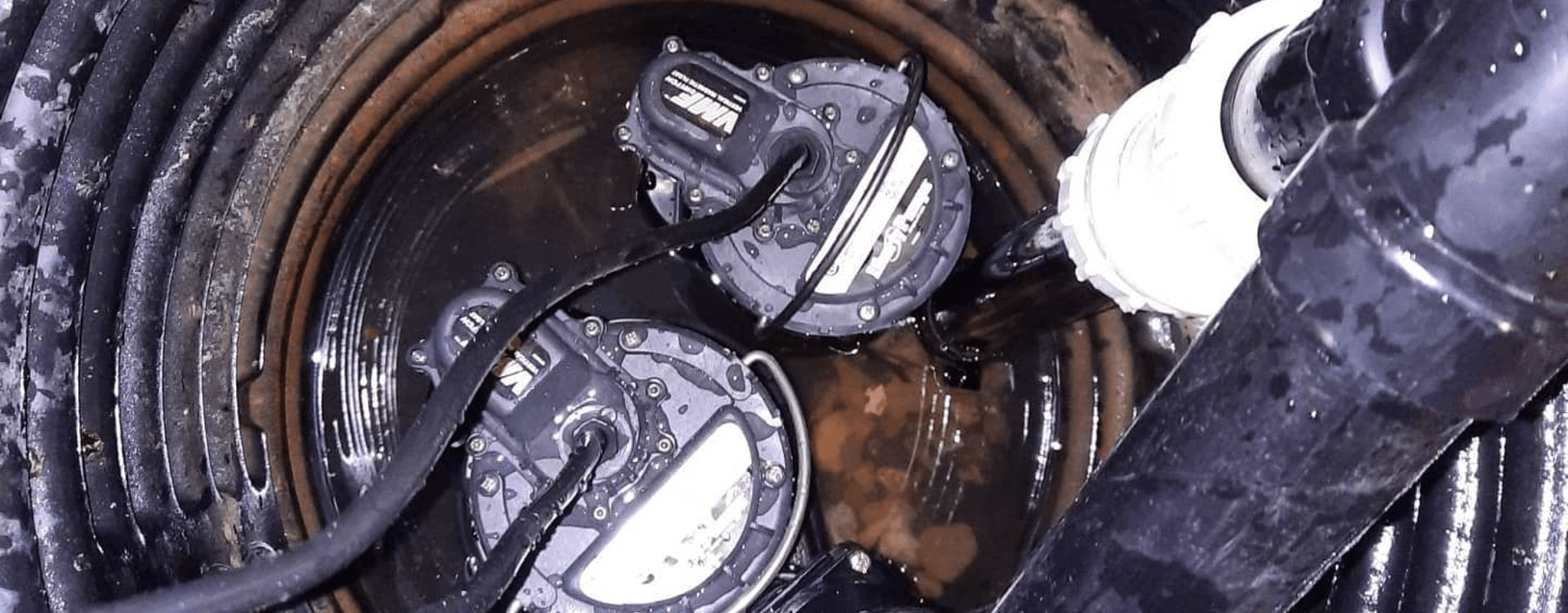A sump pump may not be the most talked-about appliance in your home, but its role is crucial, especially in areas prone to flooding or with high groundwater levels.
The truth is, without this essential device, you and your neighbours might end up wading through ankle-deep water and facing steep water damage repair costs after a downpour!
Understanding a sump pump and how it functions can save you a great deal of hassle and money by preventing potential water damage. In this guide, Cardinal Home Services will explore the essentials of sump pumps and sump pit installations, helping every homeowner recognize their importance.
What are Sump Pumps?
A sump pump is a device installed in the lowest part of a home, typically in a basement or crawl space, designed to prevent water from flooding the house. It is placed in a particular sump pit constructed to collect excess water. The pump then activates automatically when the water level in the sump pit rises to a certain point, pumping the water out and away from your home’s foundation.
- Prevent Mold and Mildew – Constant dampness or water exposure can lead to the growth of mould and mildew, which can compromise your home’s air quality and health.
- Reduce the Risk of Fire – Strange as it may seem, water in your home can lead to electrical fires when it comes into contact with your home’s wiring. Keeping your basement dry with a sump pump reduces this risk significantly.
- Increase Property Value – Homes with effective water management systems, including a sump pump, are more attractive to buyers and may command a higher price on the market.
The Installation Process
Professionals should ideally handle sump pit installation. It involves selecting the correct location in your basement or crawlspace, digging a pit deep enough to place the sump pump, and ensuring that proper drainage is connected to the system. Expert installation ensures that the sump pump operates efficiently and remains reliable over the years.
Backup Sump Systems
For additional protection, consider installing a backup sump pump system. These systems operate during power outages or if the primary pump fails. Common options include battery-operated and water-powered pumps. Including a backup system provides an extra layer of security, ensuring that even during a storm or power loss, your home remains dry and safe.
Choosing the Right Sump Pump
There are two main types of sump pumps – submersible and pedestal.
A submersible pump is designed to be placed underwater in the sump pit, making it quieter and typically more powerful. On the other hand, the pedestal pump has its motor out of the water, making it easier to service but potentially noisier and less powerful. The choice between these depends on your budget, the amount of space available, and how often the pump needs to operate.
Maintaining Your Sump Pump
Regular maintenance ensures your sump pump’s longevity and optimal performance. This includes checking its operation by pouring water into the pit, inspecting the pump and its components for any wear or damage, and ensuring the discharge line is clear and debris-free.
Avoid Flooding with a Sump Pump Installation
Don’t let water damage threaten the safety and comfort of your home. At Cardinal Home Services, we specialize in sump pump installation and repair services in Peterborough, so our plumbing contractors can assist you with any of your flood and leak protection needs.
Ensuring your home is equipped to handle whatever nature throws its way is a wise choice. Contact us today!



